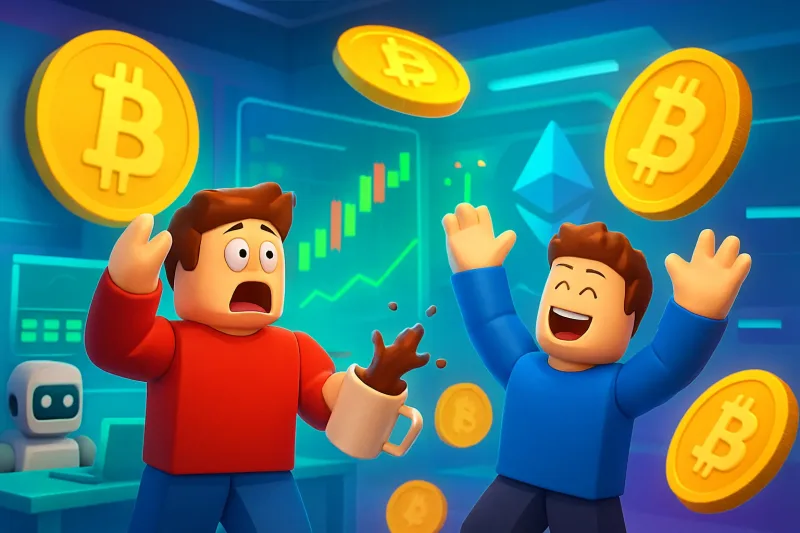
Liquidity swelled, but conviction split: Bitcoin's volume printed 27% higher (as of 2025-11-18T11:33:02.000Z). The Korean twist? A market pivot hinting the next chapter is already being written.
If you’ve traded in Seoul, you know this déjà vu feeling. Korean signals like these often land early—an edge global markets usually catch too late.
🔍 Why Do Korea’s Market Signals Get Overlooked?
The South Korean crypto market often baffles international traders with its unique dynamics. On paper, Korea might just seem like another vibrant crypto hub, yet it's frequently overlooked despite showing early signs of major trends. The reason? Many attribute it to the "Kimchi premium," a phenomenon where cryptocurrencies trade at a higher price in Korea than elsewhere due to local demand outpacing supply.
This premium can make it challenging for external investors to discern genuine market moves from temporary pricing anomalies. However, dismissing these signals as mere noise can be a missed opportunity. Are we ignoring potential indicators hiding in plain sight?
⚡ How Does Korea’s Market Differ from Global Norms?
Korea's crypto landscape presents stark contrasts when compared to global norms. For one, trading volumes on exchanges like Upbit and Bithumb can surge unpredictably, driven by high retail participation—a factor that sets it apart from more institutionally driven markets such as the U.S.
Additionally, the engagement on platforms such as Naver Finance provides real-time insights into investor sentiment that are rarely matched in other regions. This kind of retail-driven momentum means reactions here can be swift and decisive, often preceding broader market movements.
Yet while this volatility might deter some investors seeking stability, others see it as an opening for strategic plays. Could these data discrepancies offer clues about untapped opportunities?
💡 What is the Kimchi Premium and Why Should You Care?
The "Kimchi premium" is not just a quirky term; it's a vital signal for understanding Korea's role in the crypto ecosystem. Imagine it as an early warning beacon—when prices in Korea spike relative to global averages, it's often a precursor to broader shifts elsewhere.
This premium arises when domestic demand outweighs supply constraints due to regulatory hurdles or capital controls limiting arbitrage opportunities between markets. In simpler terms, if local enthusiasm pushes prices up faster than they do globally, it may indicate upcoming bullish trends worldwide.
🎯 What Should Investors Take Away From This?
The takeaway for investors is clear: be cautious but alert. While the Kimchi premium can signal positive momentum ahead, entering trades solely based on this metric without considering broader market contexts could lead to missteps.
I’d probably stay cautious here if I were making decisions based solely on Korean metrics without cross-referencing them against global data points or macroeconomic factors such as US inflation rates or Federal Reserve policies impacting liquidity flows globally.
🚀 What Are Your Next Steps?
Your first move should be tracking KRW share daily—think of it as your morning weather check for crypto markets. By keeping an eye on how much volume flows through Korean won pairs versus other currencies like USD or JPY across different platforms daily, you’ll gain insights into whether local enthusiasm might drive near-term price actions beyond borders again soon enough!
This proactive approach allows you not only to anticipate potential price shifts but also equips you with contextually rich information necessary before diving headfirst into new positions amidst evolving landscapes globally influenced by regional peculiarities uniquely tied back towards places like South Korea itself!
What do you think this means for the market?
